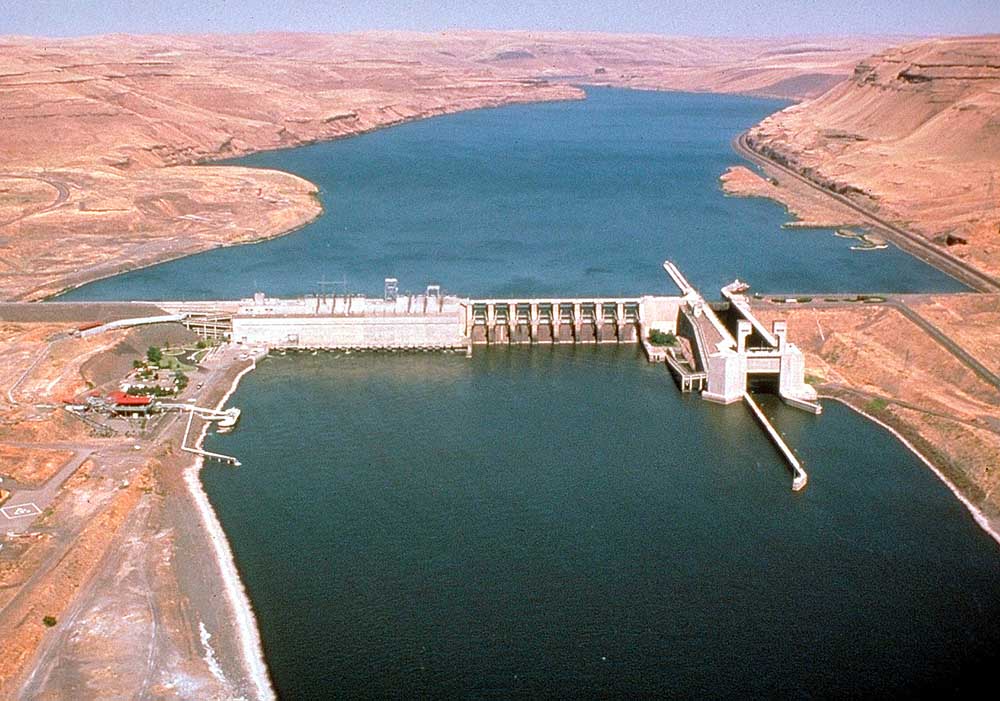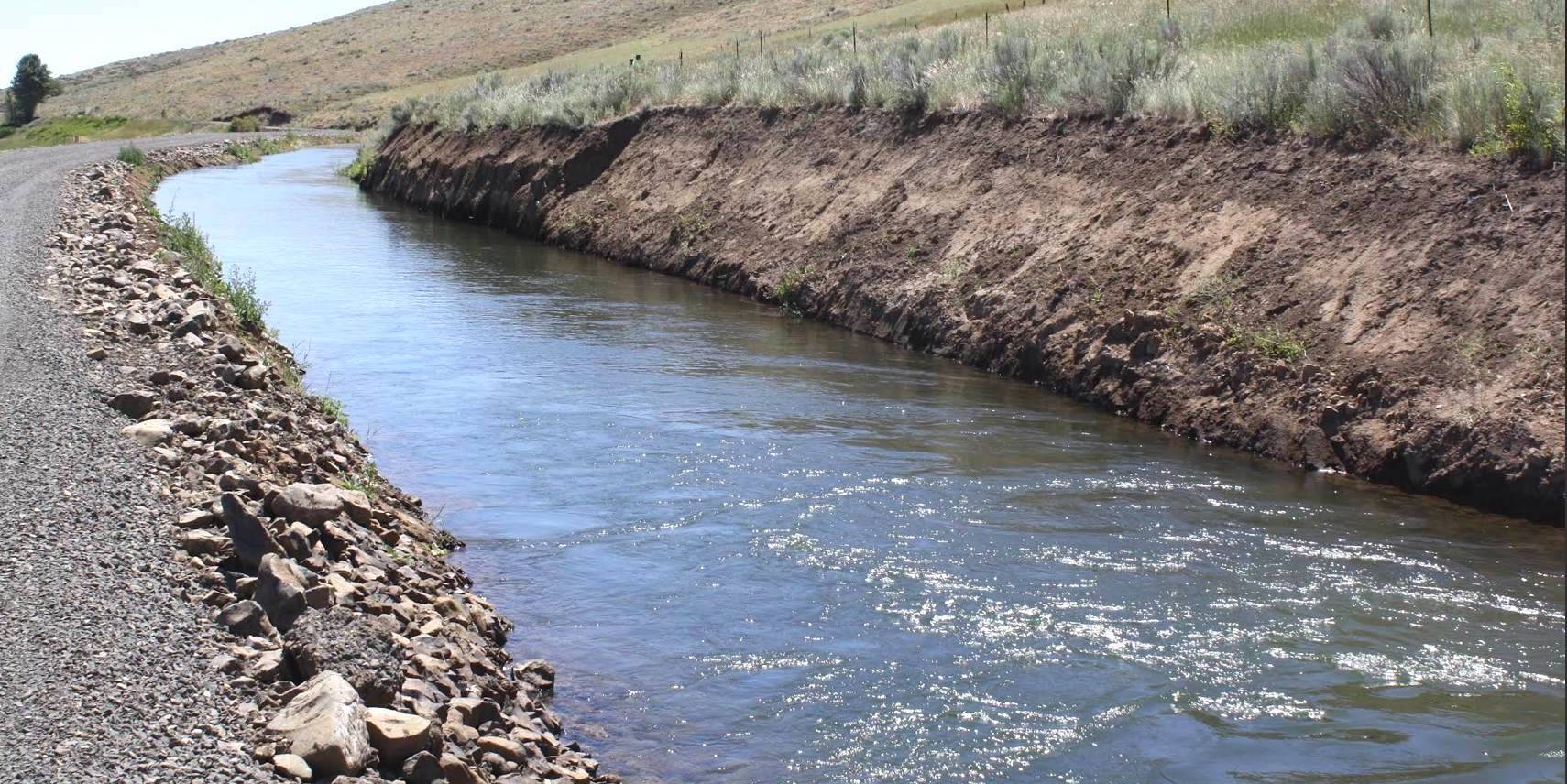Final report: Dam breaching ‘centerpiece’ of restoring Snake River fish populations
Published 5:30 pm Friday, September 30, 2022

- The Lower Monumental Dam will be closed part of the day for repairs.
Breaching the dams on the lower Snake River is the “centerpiece action” to restoring salmon and steelhead populations, according to a final report from NOAA Fisheries.
Trending
The White House on Sept. 30 released the report, “Rebuilding Interior Columbia Basin Salmon and Steelhead.” It includes input from the U.S. Fish and Wildlife Service.
Agricultural stakeholders in July roundly criticized a draft of the report, saying it failed to consider the greater impacts on the environment and the economy, and relied on significant input from the plaintiffs in a lawsuit seeking dam breaching.
That draft report deemed it “essential” to Snake River stocks that the lower Snake River be restored via dam breaching.
Trending
Breaching the four lower Snake River dams “specifically refers to removing the earthen portion of each dam, and allowing a naturalized river channel to be established around the concrete spillway and powerhouse structures,” according to the final report.
Breaching would decrease travel time for adult and juvenile fish, reducing powerhouse encounters, reducing stress on juvenile fish that may contribute to delayed mortality after reaching the ocean and provide additional rearing and spawning habitat, the report said.
The report calls for “a comprehensive suite of management actions, including “significant reductions in direct and indirect mortality from mainstem dams, including restoration of the lower Snake River through dam breaching.”
“It will be essential that we implement all these actions, and that we do so at a large scale,” the report said.
The report is part of the Biden–Harris administration’s effort to support development of a “long-term, durable strategy to restore Columbia River basin salmon, steelhead, bull trout, and other listed and vulnerable species; honor long-standing commitments to tribal nations and address tribal cultural, ceremonial, and subsistence needs; balance the priorities of fishing communities; ensure a reliable, affordable, and carbon-free energy supply; and account for the other varied uses of the Columbia River, including flood risk management, water supply, navigation, and recreation.”
NOAA Fisheries developed the report by drawing on existing science, “our own experience and expertise with salmon and steelhead conservation,” regional, state and tribal fishery co-managers and the work of the Columbia Basin Partnership, a task force to develop a common vision and goals for the basin’s fish populations.
The task force included “tribes, states, watershed groups, ports, electric utilities, irrigators, agriculture, sport fishing interests, the fishing industry, and more.”







